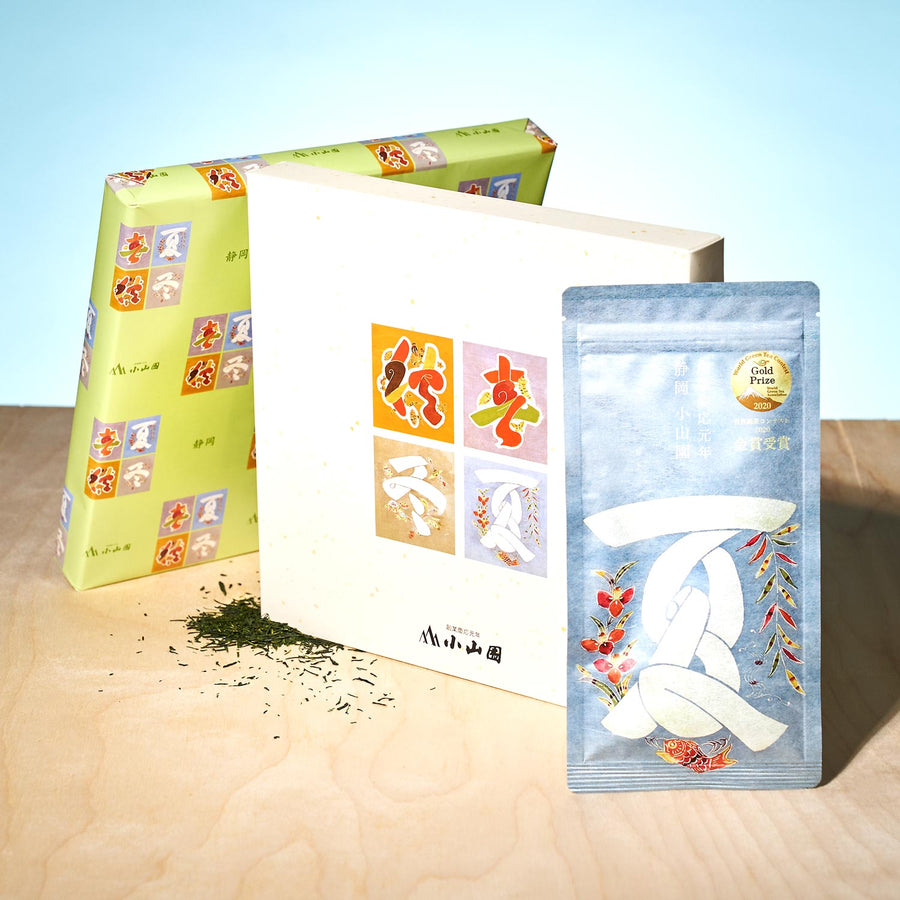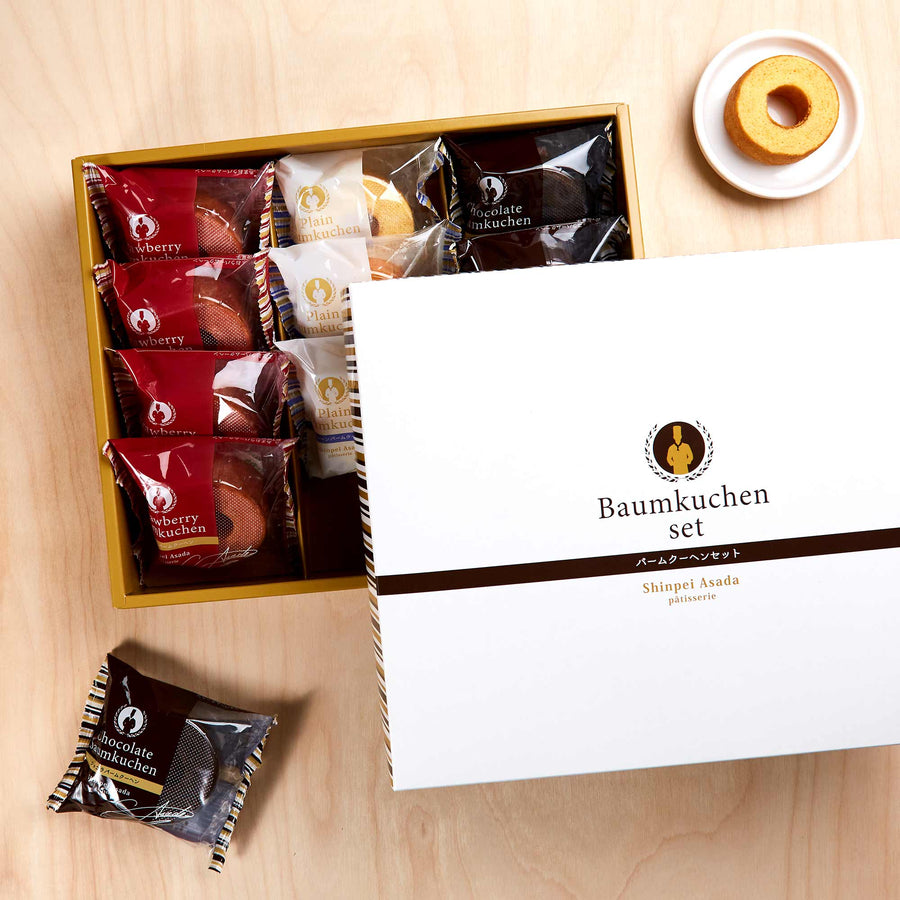Exploring Nara: A Journey Through Japan's First Capital
Introduction:

Nara, one of Japan's most historically significant cities, served as the nation's capital from 710 to 794 during the Nara period. This era marked the flourishing of Japanese culture, art, and architecture, heavily influenced by Chinese civilization. Today, Nara Prefecture is celebrated for its wealth of UNESCO World Heritage sites, which include some of the country's most treasured temples, ancient shrines, and parks. This makes it a must-visit destination for those seeking to delve into Japan's deep historical and spiritual legacy.
Why Visit Nara? Japan’s Cultural Gem

Nara city stands out as a unique repository of Japan's cultural and historical heritage, offering visitors a deep dive into the country's esteemed history. Within this historical treasure trove lie 8 registered historical monuments of ancient Nara, alongside UNESCO World Heritage sites. Its convenient proximity to major cities like Osaka and Kyoto makes Nara an ideal destination for day trips, allowing visitors the opportunity to fully engage with its rich cultural heritage without the need for extensive travel planning.
Exploring Nara Park: A Must-See Attraction

Nara Park is one of Japan's most iconic and cherished public parks. Covering 660 hectares at the center of Nara city, this vast park is renowned for its picturesque scenery, historical significance, and notably, its free-roaming deer.
Nara Park's charm lies in its over 1,000 Sika deer freely roaming the park. These sacred creatures, revered as divine messengers of the gods in Shinto belief, symbolize Nara's heritage and are treasured as national treasures. Visitors can interact with the deer, which are surprisingly tame, and feed them special deer crackers, known as "shika senbei", available in the park. The tame deer will often bow their heads as a gesture of gratitude, a charming behavior that has delighted countless visitors.
Nara Park boasts several significant temples and shrines, such as Todaiji, Kasuga Taisha, and Kokufuji, making it a focal point for cultural discovery. The park is conveniently located just a brief stroll east of Kintetsu Nara Station or a 20-minute walk from JR Nara Station.
Todai-ji Temple: A Nara Icon

Todaiji (Great Eastern Temple), the most renowned among Nara's seven great temples, is famed for its grandeur, architectural excellence, and profound historical significance. Built in the mid-8th century by Emperor Shomu as Japan's leading Buddhist temple, it became a unifying spiritual hub and a symbol of imperial authority and cultural prowess. In 1998, Todaiji was registered as a Historic Monument of Ancient Nara because of its numerous national treasures and cultural assets.
At the heart of Todaiji Temple lies the Daibutsuden Hall (Great Buddha Hall), which once held the title of the world's largest wooden building. Within this main hall resides Japan's biggest bronze statue of Buddha, the Vairocana Buddha, towering impressively at a height of 15 meters (49 feet).
Alongside the Great Buddha Hall, the famous temple includes several significant buildings, including the Nandaimon Gate (Great South Gate), the main entrance guarded by two fierce statues of Niō (Benevolent Kings). The temple also houses the Nigatsudo Hall (Hall of the Second Month), famous for its annual Omizutori (Water-Drawing) ceremony, and Hokkedō, one of the oldest structures within the complex that holds a treasury of Buddhist statues.
The Many Temples of Nara: Kofuku-ji and Beyond

Nara temples provides a captivating glimpse into Japan's rich religious and architectural heritage. These beautiful temples, each with its distinctive story and significance, collectively highlight Nara's importance as a spiritual and cultural hub.
Kofuku-ji Temple, one of Nara's eight historic monuments, was established in 669 CE as the principal temple of the powerful Fujiwara clan duriing the Heian Period. Originally located in Yamashina, it was later moved to Nara in 710 when the city became the capital of Japan. Today, it houses numerous designated national treasures and important cultural properties, including its famous five-story pagoda, the second tallest in Japan at 50 meters. The Central Golden Hall is its primary worship space, housing significant Buddha artifacts. Most of its valuable historical items, like the six-armed Asura statue, are kept in the National Treasure Hall.
Gangoji Temple, a UNESCO World Heritage Site, is one of Japan's oldest and most important Buddhist temples. Initially Asuka Temple's forerunner, it was reconstructed after the capital shifted to Nara. The main hall holds four mandalas and Buddhist artworks, while the Horinkan houses the sole surviving small 5-story pagoda from the Nara period's peak.
Founded in the late 7th century, the Yakushiji Temple was constructed to commemorate the recovery of Emperor Tenmu's sick wife. Among its notable features is the East Pagoda, an optical illusion resembling a 6-story structure but actually comprising only three levels. This illusion is achieved through cleverly overlapping small and large roofs.
Kasuga Taisha Shrine: A Spiritual Visit

Kasuga Taisha Shrine stands as a beacon of Japan's Shinto traditions. Established in 768 AD by the powerful Fujiwara clan, it showcases thousands of stone and bronze lanterns along its pathways. These lanterns, donated by worshippers over time, signify devotion and appreciation. Twice annually, during the Setsubun Mantoro in February and the Chugen Mantoro in August, all the lanterns are illuminated, creating a captivating ambiance.
Throughout the year, Kasuga Taisha Shrine conducts various rituals and ceremonies aimed at purifying and safeguarding the community. It also hosts major festivals such as the Kasuga Wakamiya Onmatsuri, which includes a splendid procession with participants adorned in historical attire, reenacting significant moments from Japan's history.
Seasonal Events and Festivals in Nara

Nara hosts a variety of annual events that attract visitors from around the world. Among them, the Nara Tokae Lantern Festival stands out for its magical transformation of the city into a luminous nightscape. Held every August, thousands of lanterns illuminate Nara Park and its surrounding areas creating a mesmerizing and serene atmosphere. Visitors can stroll through beautifully lit paths, participate in lantern lighting, and enjoy traditional music performances.
Another notable festival is Omizutori, the annual sacred water-drawing festival held at Todaiji Temple's Nigatsudo Hall from March 1 to 14. Dating back over 1,250 years, it is one of the oldest Buddhist ceremonies still performed today. The highlight is the nightly fire ceremony, where large torches are lit and waved from the temple balcony to purify the audience and usher in spring.
Experience the dramatic Wakakusa Yamayaki Festival, held on the fourth Saturday of January, where the grass on Nara's Mount Wakakusa is set ablaze. The event begins with a fireworks display, followed by the lighting of the hillside, visible throughout the city due to the mountain's elevation.
Nara’s Historical Districts: Walking Through History

Nara's compact size, pedestrian-friendly streets, and concentration of historical sites make it perfect for walking tours. Each route offers a blend of cultural immersion, natural beauty, and culinary delights, ensuring a memorable experience for all. Here are some best walking routes:
-
Nara Park: Wander among the friendly deer and lush greenery of Nara Park, then immerse yourself in Nara's cultural history at nearby Todaiji Temple and Kasuga Taisha Shrine.
-
Naramachi: Explore the historical merchant district of Naramachi, a maze of narrow streets and alleyways lined with traditional Edo-period machiya (merchant houses), museums, and craft shops. Nearby, you can visit Harushika Sake Brewery to sample local sake.
-
Historical Monuments and Streets: Take a leisurely stroll around Sarusawa Pond, admire the five-story pagoda at Kofukuji Temple, and end your day shopping and indulging in local cuisine along Sanjo Dori.
Culinary Delights: What to Eat in Nara

In addition to its rich history and culture, Nara is renowned for its culinary delights, reflecting centuries of tradition and craftsmanship. Here are some must-try dishes:
-
Kakinoha-zushi (Persimmon Leaf Sushi): This signature dish features vinegared rice topped with fresh fish, vegetables, or egg, all wrapped in a fragrant persimmon leaf.
-
Miwa Somen: These hand-pulled wheat noodles are typically served cold with a light dipping sauce, offering a refreshing and delicate flavor perfect for hot summer months.
-
Nara-zuke (Nara Pickles): Nakazuke refers to a variety of picked vegetables preserved in sake lees.
For a complete experience of Nara's culinary scene, we recommend dining at these places:
-
Local Restaurants: Explore Nara's culinary scene by dining at traditional restaurants specializing in local cuisine. Somen Morisho, a rustic restaurant in Miwa, is renowned for its Miwa Somen. Yakko, located near Kinpusen-ji Temple, offers spectacular mountain views and is a great spot to enjoy Nara's specialty, kakinoha-zushi.
-
Street Food Markets: Wander through Nara's lively street food markets like Nara-machi and Sanjo-dori Street, where vendors tempt visitors with a variety of traditional snacks and dishes.
Shopping in Nara: Souvenirs and Local Crafts

Nara city boasts a rich tradition of Japanese crafts, making it a paradise for souvenir hunters. Among its famed crafts are Nara fude (brushes), known for their meticulous assembly using fur from ten different animals, a skill passed down through generations. Another gem is the Nara uchiwa, traditional Japanese fans with intricate openwork designs, featuring double the usual frame pieces for added flexibility. The city's textile tradition is equally impressive, offering elegant woven fabrics and hand-dyed materials that make for distinctive souvenirs.
Here are some top spots to find authentic souvenirs:
-
Akashiya: Art enthusiasts will find this store essential, offering an extensive selection of art and calligraphy materials. Established in 1716, it stands as Japan's largest producer of fude brushes and is among the oldest in the country.
-
Nara Meihinkan: Situated on the eastern side of Nara Prefectural Office, this shop showcases a variety of Nara's unique offerings, from traditional crafts to packaged persimmon leaf sushi.
-
Ikeda Gankodo: This store specializes on Nara uchiwa (traditional fans) for 150 years.
Outdoor Activities: Hiking and Beyond

Nara is a haven for nature enthusiasts and outdoor lovers, offering diverse hiking options. Among its enchanting natural wonders is Mount Kasuga's primeval forest, recognized as a UNESCO World Heritage site. The Kasugayama Primeval Forest, a sacred site preserved since 841 AD, has remained virtually untouched, nurturing diverse plant and animal life. Besides hiking, Mount Kasuga invites visitors to enjoy activities such as cycling, bird watching, and capturing stunning landscapes for photography.
Nara’s Lesser-Known Temples and Shrines

While Nara is renowned for its iconic temples and bustling tourist attractions, the city also harbors hidden gems—lesser-visited temples and shrines that offer a peaceful retreat from the crowds. Here are tranquil sanctuaries that let you explore Nara's spiritual heritage away from the main tourist spots:
-
Toshodaiji Temple: The temple was established by a Chinese priest who was brought to Japan to train priests and elevate the practice of Japanese Buddhism.
-
Hannyaji Temple: The temple worships Daikokuten, one of the Seven Deities of Good Fortune representing prosperity, and is renowned for its cosmos flowers.
-
Omiwa Shrine: Located at the foot of the sacred Mount Miwa in Sakurai, Nara Prefecture, Omiwa Shrine is regarded as the oldest Shinto shrine in Japan.
Art and Culture in Nara: Museums and Galleries

Beyond Nara's renowned temples and shrines, the city pulsates with a dynamic art scene that delves into both classical and contemporary art forms. Central to this cultural tapestry stands the Nara National Museum, housing an extensive array of Japanese Buddhist art. Situated in Nara Park, the museum's mission is to preserve and exhibit Japan's abundant Buddhist artistic heritage, encompassing statues, scriptures, paintings, and ceremonial artifacts. Alongside the Nara National Museum, the city hosts various galleries and art venues like the Nara Prefectural Museum of Art, spotlighting local artists' works, and the Asuka Historical Museum, offering a window into Japan's influential cultural eras.
Nara's Nightlife: Evening Experiences

Nara's enchantment extends into the evening, offering a distinctively captivating experience. As daylight fades, Nara Park becomes a mesmerizing spectacle adorned with lanterns, casting a magical glow. A nighttime promenade through the park unveils a tranquil ambiance, ideal for appreciating the ancient trees and pathways in a different hue. Additionally, Nara's culinary scene flourishes after dark, with traditional Japanese restaurants and intimate izakayas serving up authentic Japanese cuisine. From delectable sashimi and sushi to comforting bowls of ramen and udon, made from locally procured ingredients, visitors can indulge in a feast of local delicacies.
After sunset, Nara comes alive with a range of cultural performances and seasonal events. Among these are the Nara Tokae Festival, with 20,000 candles illuminating Nara Park and its surroundings; Setsubun Mantoro at Kasuga Shrine, showcasing about 3,000 lanterns across the shrine grounds; and Nara's Daimonji bonfire, featuring a massive bonfire shaped like the Chinese character "Dai" (meaning large) on Mt. Takamado, to pay tribute to departed souls.
A Day Trip from Kyoto or Osaka to Nara

With its UNESCO World Heritage sites, beautiful parks, and historic temples, Nara offers a memorable experience even on a short day trip. The city is easily accessible from Kyoto or Osaka. From Kyoto, the quickest way is via the JR Nara Line from Kyoto Station or the Kintetsu Limited Express to Kintetsu Nara Station, taking about 35-45 minutes. From Osaka, you can take the JR Yamatoji Line rapid service from Osaka Station to JR Nara Station in around 50 minutes.
Here's a simple itinerary to help you make the most of a short visit:
-
Start your day early at Nara Park, where you can spend the morning interacting with the famous free-roaming deer and visiting Todaiji Temple, home to the giant Buddha.
-
Following that, make your way to Kofukuji Temple, known for its five-story pagoda. Additionally, consider visiting the Nara National Museum, which houses a vast array of Buddhist art and artifacts, conveniently situated close to the temple.
-
Indulge in local delicacies for lunch and try dishes such as kakinoha-zushi (persimmon leaf sushi) or Nara-style somen.
-
During the afternoon, make a trip to Kasuga Taisha Shrine, famous for its thousands of stone and bronze lanterns.
-
Afterward, hop on a short bus ride to Yakushiji Temple, where you can delve into its historical pagodas and halls.
Conclusion:

Ultimately, Nara is more than a destination—it's an invitation to unravel the threads of Japan's history and culture, to connect with its spiritual essence, and to embrace the timeless beauty that defines this enchanting city. Whether you're a history buff, an art enthusiast, or simply a curious traveler seeking new experiences, Nara promises an unforgettable journey through Japan's cultural heart.
Discover the authentic tastes of Japan right at your doorstep with Bokksu Boutique. Each gift box is thoughtfully curated to capture the rich flavors and traditions of Japan, allowing you to savor them from anywhere in the world.






























